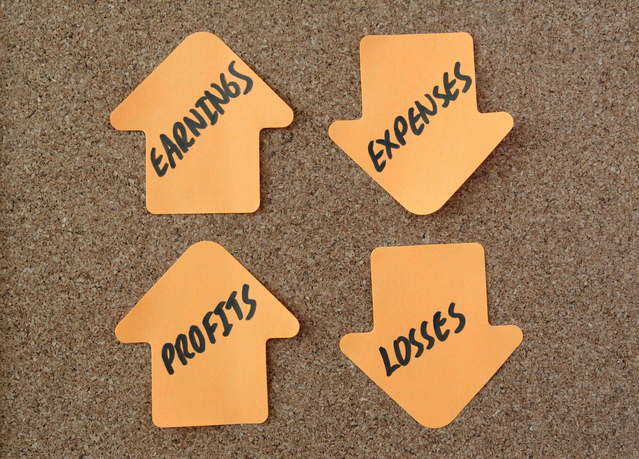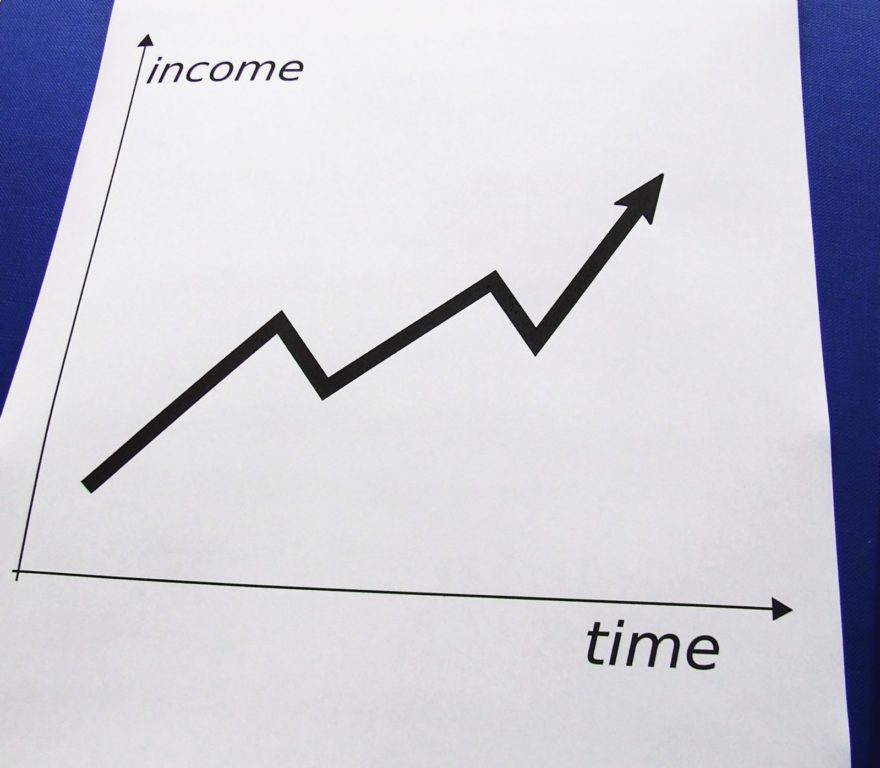The possibility of outliving your money can depend not only on the average return of the stock market, but on the order of those returns. It doesn’t matter if the long-term return is 8%, if your first three years of retirement have a 50% drop like we had going into March of 2009, your original income strategy probably isn’t going to work. Taking an annual withdrawal of $40,000 is feasible on a $1 million portfolio, but not if your principal quickly plummets to $500,000.
We evaluate these scenarios in our financial planning software and can estimate how long your money may last, using Monte Carlo analysis that calculates the probability of success. For most people retiring in their 60’s, we plan for a 30 year horizon, or maybe a little longer. And while this analysis can give us a rough idea of how sound a retirement plan is, no one knows how the market will actually perform in the next 30 years.
What we do know from this process is that the vast majority of the “failures” occur when there are large drops in the market in the early years of retirement. When these losses occur later on, the portfolio has typically grown significantly and the losses are more manageable. This problem of early losses is called Sequence of Returns Risk, and often identifies a critical decade around the retirement date, where losses may have the biggest impact on your ability to fund your retirement.
There are ways to mitigate or even eliminate Sequence of Returns Risk, although, ultimately I think most people will want to embrace some of this risk when they consider the following alternatives. Sequence of Returns risk is unique to investing in Stocks; if you are funding your retirement through a Pension, Social Security, Annuity, or even Bonds, you have none of this risk.
1) Annuitize your principal. By purchasing an Immediate Annuity, you are receiving an income stream that is guaranteed for life. However, you are generally giving up access to your principal, forgoing any remainder for your heirs, and most annuities do not increase payouts for inflation. While there is some possibility that the 4% rule could fail, it is important to remember that the rule applies inflation adjustments to withdrawals, which double your annual withdrawals over the 30 year period. And even with these annual increases, in 90% of past 30-year periods, a retiree would have finished with more money than they started. The potential for further growth and even increased income is what you give up with an annuity.
2) Flexible withdrawals. The practical way to address Sequence of Returns Risk is to recognize upfront that you may need to adjust your withdrawals if the market drops in the first decade. You aren’t going to just increase your spending every year until the portfolio goes to zero, but that’s the assumption of Monte Carlo Analysis. We can do this many ways:
- Not automatically increase spending for inflation each year.
- Use a fixed percentage withdrawal (say 4%) so that spending adjusts on market returns (instead of a fixed dollar withdrawal).
- Reduce withdrawals when the withdrawal rate exceeds a pre-determined ceiling.
It is easier to have flexibility if withdrawals are used for discretionary expenses like travel or entertainment and your primary living expenses are covered by guaranteed sources of income like Social Security.
3) Asset Allocation. If we enter retirement with a conservative allocation, with a higher percentage in bonds, we could spend down bonds first until we reach our target long-term allocation. Although this might hamper growth in the early years, it could significantly reduce the possibility of failure if the first years have poor performance. This is called a Rising Equity Glidepath.
Other allocation methods include not withdrawing from stocks following a down year or keeping 1-3 years of cash available and then replenishing cash during “up” years.
4) Don’t touch your principal. This is old way of conservative investing. You invest in a Balanced Portfolio, maybe 50% stocks and 50% bonds, and only withdraw your interest and dividends, never selling shares of stocks or bonds. In the old days, we could get 5% tax-free munis, and 3% in stock dividends and end up with 4% income, plus rising equity prices. Since you never sell your stocks, there is no sequence of returns risk. This strategy is a little tougher to implement today with such low bond yields.
Investing for income can create added risks, especially if you are reaching for yield into lower quality stocks and bonds. That’s why most professionals and academics favor a total return process over a high income approach.
5) Laddered TIPS. Buy TIPS that mature each year for the next 30 years. Each year, you will get interest from the bonds (fairly small) and your principal from the bonds that mature that year. Since TIPS adjust for inflation, your income and principal will rise with CPI. It is an elegant and secure solution, with a 3 1/3% withdrawal rate that adjusts for inflation.
The only problem is that if you live past 30 years, you will no money left for year 31 and beyond! So I would never recommend that someone put all their money into this strategy. But if you could live by putting 80% of your money into TIPS and put the other 20% into stocks that you wouldn’t touch for 30 years, that may be feasible.
Except you’d still likely have more income and more terminal wealth by investing in a Balanced Allocation and applying the 4% rule. However, that is a perhaps 90% likelihood of success, whereas TIPS being guaranteed by the US Government, TIPS have a 100% chance of success. (Note that 30 year TIPS have not been issued in all years, so there are gaps in years that available TIPS mature.)
If the market fell 30% next year, would your retirement be okay? How would you respond? What can you do today about that possibility? If you worry about these types of questions, we can help address your concerns about risk, market volatility, and Sequence of Returns.
What we want to do for each investor is to thoroughly consider your situation and look at your risk tolerance, risk capacity, other sources of retirement income, and find the right balance of growth and safety. Although the ideal risk would be zero, you may need substantially more assets to fund a safety-first approach compared to having some assets invested. And that means that for how much money you do have, the highest standard of living may come from accepting some of the Sequence of Returns Risk that accompanies stock investing.













